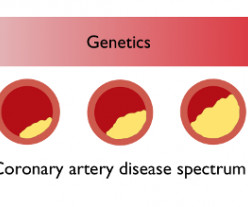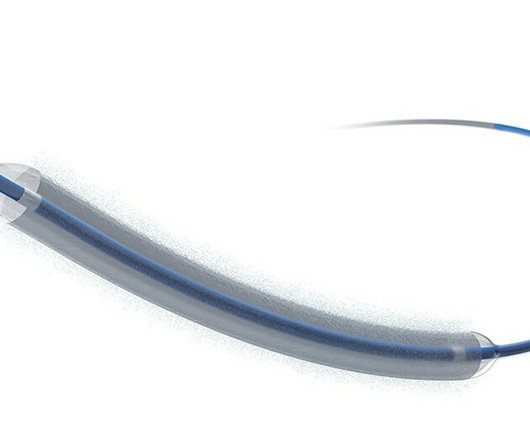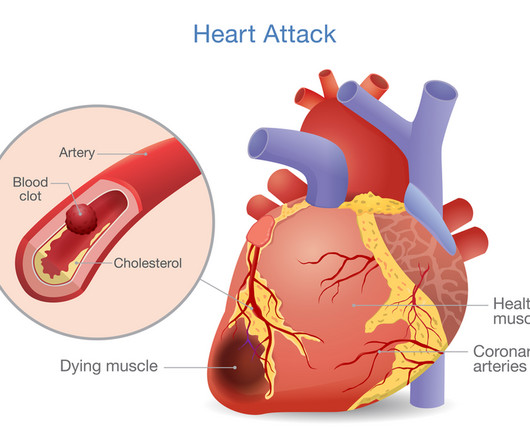Cardiac Catheterization Laboratory Management of the Comatose Adult Patient With an Out-of-Hospital Cardiac Arrest: A Scientific Statement From the American Heart Association
Circulation
DECEMBER 19, 2023
Survival with a favorable neurologic outcome is highest among individuals who present with a witnessed shockable rhythm, received bystander cardiopulmonary resuscitation, achieve return of spontaneous circulation within 15 minutes of arrest, and have evidence of ST-segment elevation on initial ECG after return of spontaneous circulation.













Let's personalize your content